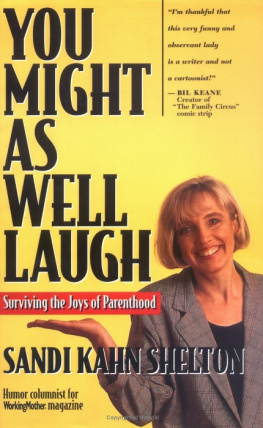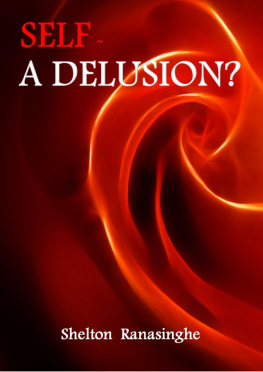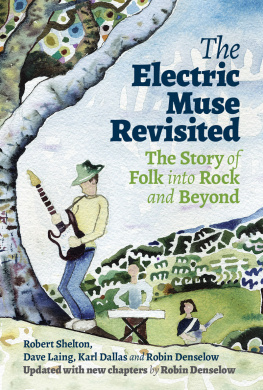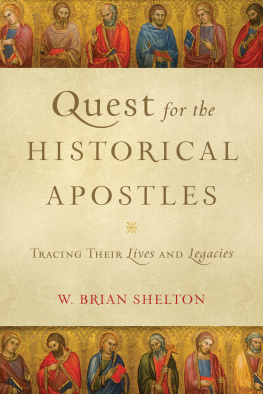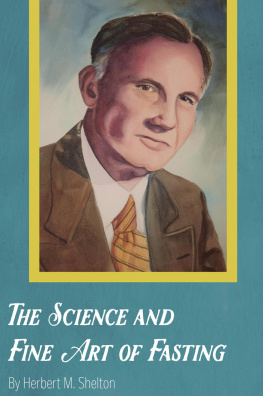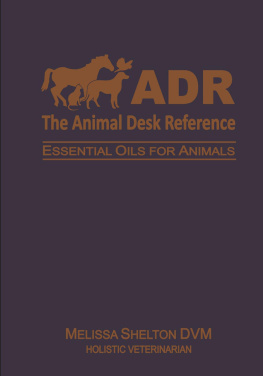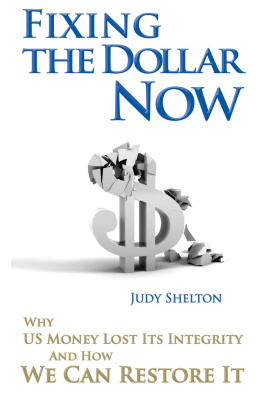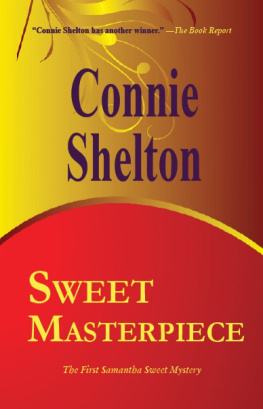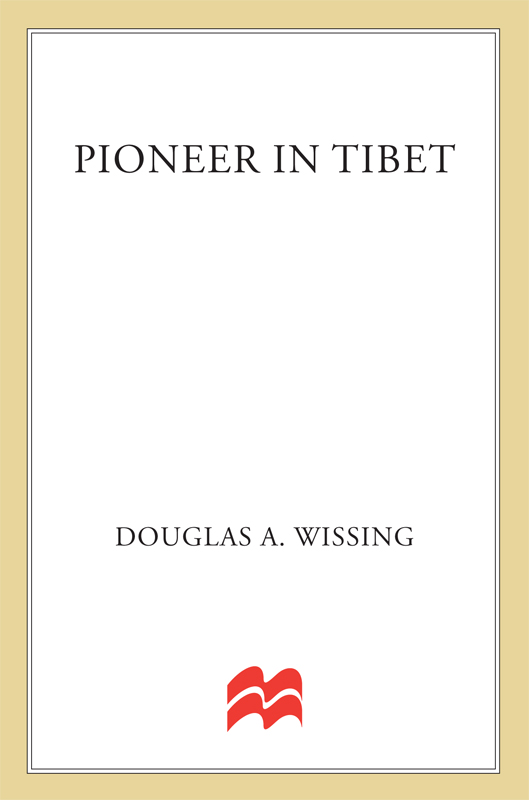Contents
Guide

The author and publisher have provided this e-book to you for your personal use only. You may not make this e-book publicly available in any way. Copyright infringement is against the law. If you believe the copy of this e-book you are reading infringes on the authors copyright, please notify the publisher at: us.macmillanusa.com/piracy.
CONTENTS
For Clarence A. Stout
I owe a great debt of gratitude to the many experts who graciously guided me through the mazes of Dr. Albert Sheltons life and times. None, of course, bears any responsibility for my errors of fact or interpretation.
I would particularly like to acknowledge the late Dr. Robert M. Taylor of the Indiana Historical Society, who championed the award of a Clio Grant that supported my research in Kham, eastern Tibet, as well as the many worldwide archives. The society is an exemplary organization, and their support of this far-flung project is testimony to their vision. John Harris and Steve Cox of the IHS Education Division were able administrators for the grant. The Ragdale Foundation of Lake Forest, Illinois, provided a pastoral writers retreat for me to complete the final work on the manuscript. My appreciation to Susan Page Tillett, Sylvia Brown, and Melissa Mosher. Thanks also to Dr. William Fierman, director of the Inner Asian and Uralic National Resource Center, and Jeff Pennington for the centers support of the Kham photographic exhibit. I would also like to thank His Holiness the Dalai Lama for his support of the project. Like him, I hope this book will bring greater attention to the oppressed and often forgotten eastern Tibetans who live outside the Tibetan Autonomous Region. Albert Shelton would like that.
Editor and friend Kent Calder provided important encouragement at an early stage of the project. Jim Canary, fellow Tibet enthusiast and Head of Conservation at Indiana Universitys Lilly Rare Book Library, offered critical insights into the importance of Dr. Shelton. Curator of Asian Collections Valrae Reynolds at the Newark Museum provided a wealth of information on Dr. Shelton and the Newarks extraordinary Tibetan collection. Her willingness to share her wide-ranging knowledge and the Newarks extensive archives opened a great door.
Gerry, Paula, and Charles Still of Scottsdale, Arizona, archivists of the Shelton family papers, allowed me to utilize diaries, letters, and family photos that brought Flora and Albert Shelton to life with their own words. I owe them my sincere thanks.
The staff members of the Disciples of Christ Historical Society in Nashville, Tennessee, were nothing less than superb. It still seems miraculous that the records of the tumultuous mission on the edge of China would be intact and well organized. I would like to thank President Peter Morgan, Director of Library and Archives David McWhirter, Clinton Holloway, Lynne Morgan, and Elaine Philpott, as well as Marcia Harns, archivist of the Division of Overseas Missionaries at the Disciples of Christ Headquarters in Indianapolis.
Curator of Asian Art Bennett Bronson at the Field Museum in Chicago provided his unpublished manuscript on Berthold Laufers Tibetan expedition, which was instrumental to my understanding of Sheltons initial interest in collecting and the financial realities of acquisitions in the borderlands. I also appreciate the help given me by Registrar Dorren Martin-Ross and archivist Armand Esai. Thanks also to curators Steven Kossak and Alyson Moss at the Metropolitan Museum of Art and the American Museum of Natural Historys Laurel Kendall and Laila Williamson for checking their collections for Shelton material.
A number of scholars selflessly took the time to assist me. Professor Elliot Sperling of Indiana University ably translated the Dalai Lamas invitation to Albert Shelton as well as provided insights into Tibetan diplomacy. After a remarkable lecture on Buddhist philosophy at the Bloomington, Indiana, Kalachakra event, Professor Robert Thurman shared his view of Khampa culture. Historian William Martin of the U.S. State Department provided his exceptional bibliography of mission work in Tibet that was a critical path into the subject. Honorary Secretary of the International Association of Ladakh Studies and Tibet mission historian John Bray offered vital contacts and his own impeccable scholarship. As former CIA operations officer for the secret Tibetan army in which Khampas played a large role, historian John Kenneth Knaus provided perspective on their warrior culture and additional Kham contacts. Thanks to Barbara Crossette of the New York Times, Father Dick Shelburn, the Trace Foundations Ethan Goldings, and Jamyang Norbu of the Amnye Machen Institute for Himalayan mission information.
My wife Flavia and I spent a delightful day in Los Angeles with filmmakers John Basmajian and Bill Haren reviewing Basmajians interview footage of the Shelton daughters, Dorris and Dorothy. Dining in one of the worlds best Thai restaurants afterward was just a bonus. Dr. Enid Zimmerman of the Indiana University Department of Education graciously loaned me materials from an Indiana-Tibet exhibit. Dr. Suzanne Barnett of the University of Puget Sound aimed me toward some important missionary resources. Miller Professor of History James Madison of Indiana University clarified Hoosier issues. Steve Weinberger of the University of Virginia Tibetan program gave me incisive perspectives on Tibetan Buddhism and its contemporary American manifestations as we ate incendiary Sichuan hot pot near the Chengdu bus station. Trent Pomplum of the University of Virginia offered information and resources on Desideri, and scholar Laurent Deshayes provided resources and translations relating to French Roman Catholic missionaries in Kham. Thanks to authors Paul Diebold and Julia Fangmeier of Indianapolis for introducing me to the College of Missions. Kim Siriporn at Baltimores Calvert School informed me about home schooling materials used by foreign missionaries. Former Kham missionaries George Kraft and George Patterson shared their memories of the mid-twentieth century borderlands, and Marguerite Fairbrother, who was raised in Batang, provided a copy of her memoirs. Author Marian Duncan was also raised in Batang. Our conversations on her inside views of the TCM gave me a new perspective on this group of idealistic Americans in the back blocks of China. Research assistant Teresa Heinz did a stellar job of ferreting out elusive literature and being a scholarly jack-of-all-trades.
Biographers should maintain an eternal flame for research librarians, who patiently satisfy our insatiable appetite for minutiae. National Geographic Society Archives Manager Renee Braden provided a cache of correspondence that defined Sheltons important relationship with the institution, as William Penis-ton at the Newark Museum did with his. Thanks to Ian Baxter at the British Library Oriental and India Office for Political and Secret documents. Hum Thomas at the Royal Geographical Society found Albert Sheltons fellowship documents. Tom Rosenbaum of the Rockefeller Archives supplied a surprising file of letters that illustrated Sheltons missionary-dealer hybridity. At Indiana University, Lou Malcomb and Andrea Singer were enormously helpful with documents relating to Sheltons diplomatic history, while Carl Horne and Tom Lee helped illuminate the Tibetan milieu. The long-suffering librarians at the Monroe County Library in Bloomington satisfied some very arcane interlibrary requests and answered a host of obscure questions. Particular thanks to Amy Novick, Dirk Fraser, and Marla Gray. Ruth Eckerman at the Ruth Lilly Medical Library at Indiana University-Purdue University Indianapolis sorted out essential information on early-twentieth-century doctoring. David Bundy and Don Haymes at the Christian Theological Seminary in Indianapolis assisted me with their archives of Disciples of Christ missionary publications. Former missionary and CTS scholar Joe Smith told me the tale of Sheltons prayer-burnished yak-skin chaps. Librarians at the Indiana State Library, Diane Sharp, John Selch, Darrol Pierson, Martha Wright, and Andrea Hough, provided material on Indianapolis in Sheltons childhood and on the great migration to the West. Susan Sutton at the Indiana Historical Society helped me visualize the Indianapolis of 1875. Joann Sprague at the Ben-Hur Museum in Crawfordsville supplied information on Lew Wallace, whose writing flamed the romance of missionary life in Albert Shelton. Further thanks to Mark Stephen Mir at the Ricci Institute for Chinese-Western Cultural History, Paul Streubenberg of the Yale University library, B. J. Gooch at Transylvania University, Leslie Cade at the Kansas State Historical Society, Barbara Robbins at the Emporia State University archives, Lin Frederickson of the University of Kansas Spencer Research Library, Carolyn McCaffrey and Mary Sullivan of the Grant County [Kansas] Public Library, University of Virginia Library Tibet Specialist Phillip McEldowney, Royal Asiatic Societys Michael Pollack, Reverend Joseph Wenniger, director of the Archives of the Christian and Missionary Alliance, Seventh Day Adventists Tim Poirier, Bert Halovich, and Jim Ford, Linda J. Long at the University of Oregon, and Camilla Berger and Gertrude Riggle in Pomona.


